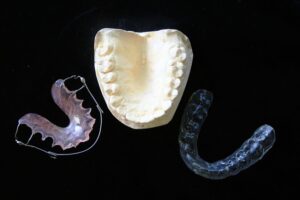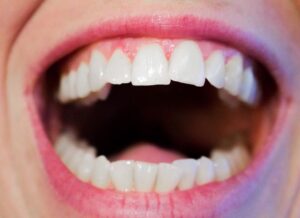What Happens If I Stop Wearing My Retainers?
If you have completed orthodontic treatment, straightening your teeth with either traditional braces or clear aligners like Invisalign, we are sure someone has stressed to you the importance of wearing your retainers. Does it really matter? We can best answer that question by explaining what happens when you do not wear a retainer.
What Do Retainers Do?
A retainer’s main function is to hold, or retain, the teeth in a specific position. When you orthodontically move your teeth, they have a tendency to relapse and return to a crooked state.
Most retainers are removable, which is why you even have the choice to stop wearing them. Some dentists will opt for a fixed (glued-in) retainer when the situation allows for it. This is most common behind the lower front teeth.
 Removable retainers may be acrylic and wire or clear plastic. A hard acrylic mouthguard for clenching and/or grinding may also act as a retainer.
Removable retainers may be acrylic and wire or clear plastic. A hard acrylic mouthguard for clenching and/or grinding may also act as a retainer.
Teeth naturally shift and move throughout our lives. Wearing a retainer consistently prevents that movement and keeps the teeth in a set position.
Who Needs to Wear Retainers?
Most people assume that retainers are only necessary after orthodontic treatment. Your dentist may prescribe a retainer for a few other situations, too.
People who begin to notice minor crowding as they age, but do not want to perform orthodontic treatment may choose to wear a retainer to prevent worsening crowding of the teeth. (Retainers are not only for perfectly straight teeth.) Retainers are useful for patients who tend to develop small gaps between the teeth. Dentists can fill the small gaps, but if they continue developing, a retainer would be a wise course of action. (You should also investigate why those gaps keep developing…)
How Long Do I Have to Wear My Retainers?
Only as long as you want your teeth to be straight . . .
We know that sounds a little snarky, but it’s true. Teeth are constantly moving and shifting throughout our lifetime, with the aging process typically making them more crowded. You can see evidence of this in the sweet little old ladies who never had braces and now their lower front teeth are all piled up on each other. That is not orthodontic relapse. That’s aging.
Patients who have had orthodontic treatment may have a greater need for wearing retainers due to the tendency of teeth to relapse. One major frustration with orthodontic relapse is that teeth do not simply revert back to where they were. They can move in different directions. This means your old Invisalign trays probably will not do the trick…
What Happens if I Stop Wearing My Retainers?
 When you stop wearing retainers consistently, the teeth will slowly shift and move into different positions. This means that formerly crowded teeth will become crowded and crooked again. Teeth that had spaces between then will revert to gaps opening back up.
When you stop wearing retainers consistently, the teeth will slowly shift and move into different positions. This means that formerly crowded teeth will become crowded and crooked again. Teeth that had spaces between then will revert to gaps opening back up.
If you are a kid, and you stop wearing your retainers, another thing that will happen is that your parents will get angry. Orthodontic treatment is a significant financial investment in your smile. If your teeth relapse and return to a crooked or gapped state, those thousands of dollars feel quite wasted.
Orthodontic treatment is also a significant investment of your time. Some people spend years in Invisalign or braces to achieve their beautiful straight smiles. When you do not wear your retainers, you have also wasted that time.
What If I Already Stopped Wearing My Retainers?
We see orthodontic relapse on a very frequent basis among our patients. Many people tell us that they did not understand their need to wear the retainers for the long-term. If you have suffered relapse from not wearing retainers, you have two great options.
First, you can prevent any further movement by having new retainers made. We can retain the teeth in their current position very simply. This will not correct the crowding or spacing, but it will stop it from getting any worse.
The other option is to correct the problem with Invisalign treatment so that you can get back to your beautiful straight smile. Then when the teeth are properly aligned again, you can begin wearing new retainers and maintain their alignment.
More Questions about Retainers?
Call Designer Smiles today to schedule a consultation with Dr. Ann. She can answer any orthodontic question you have and help you take the next steps to achieve your smile goals.
